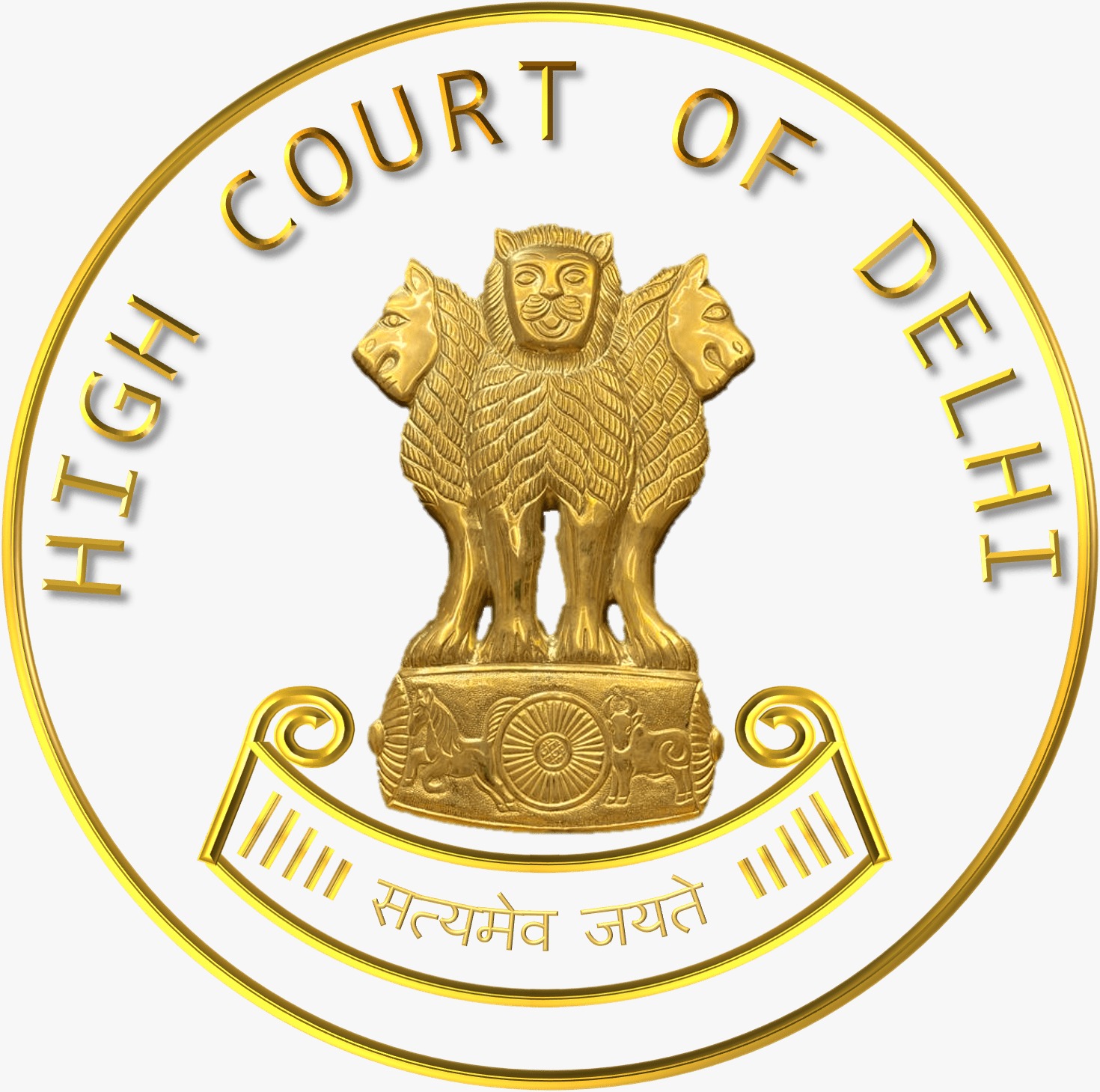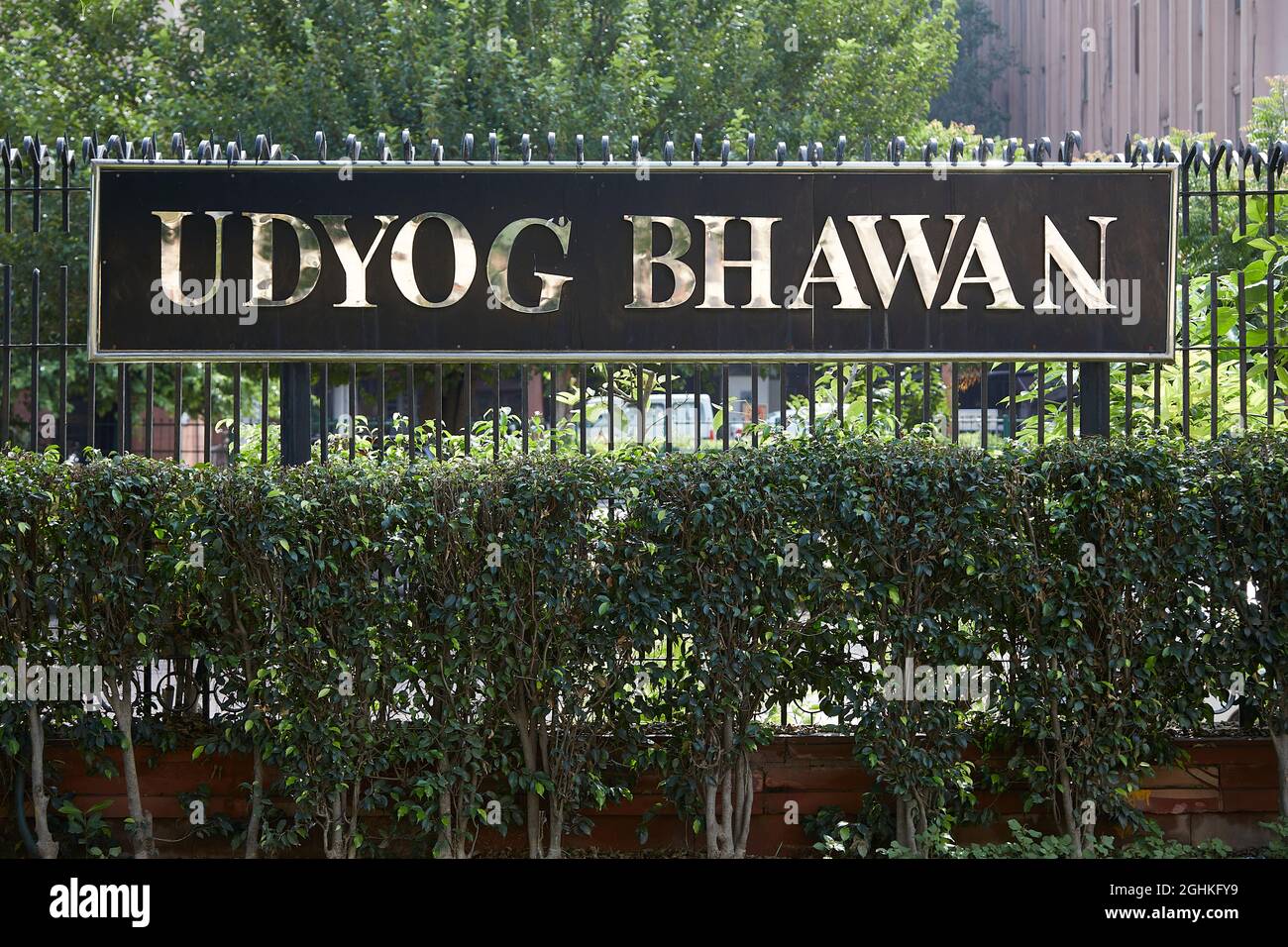@JUDGMENTTAG-ORDER
H.K.K. Singh, J.@mdashThis Criminal Revision u/s 397 read with Section 401 of Cr.P.C. is against the judgment and order dated 15-5-95 passed by the learned Sessions Judge, North Tripura, Kailashshar in Criminal Appeal No. 6(3)/94 thereby affirming the conviction and sentences passed by the learned S. D. J. M., Dharmanagar, North Tripura in G. R. Case No. 594/90 for the offences u/s 148 of IPC and sentencing the petitioners to undergo R.I. for one year with a fine of Rs. 1,000/- each and u/s 326 read with Section 149 of IPC and sentencing them 3 years R.I. with fine of Rs. 3,000/- each.
2. The case of the prosecution, in brief is that on 9-9-90 in the morning, some villagers of Raghna village, numbering about 30 or 40 under the leadership of accused Sanat Kumar Paul came to the house of Ramgopal alias Dendu Singh. They surrounded the house from all sides and some of them entered into the house and dragged out Dendu Singh in presence of his mother and others and he was assaulted severely by iron rod, lathi and by fists. He was then brought out from his house and in front of the house of one Nikhil Singh (P.W. 11), accused Hrishikesh Paul alias Jadu cut off his left hand just below the wrist with a dao and after the left hand was thus amputated the victim was put in a pull cart and thereafter he was taken towards hospital. But on the way accused Nirmal Paul cut off his right hand just above the wrist and accused lost his consciousness. In the next morning a villager named Atika Paul found victim Dendu Singh lying in a pool of blood with both his hands having cut off near the wrist and on his alarm people gathered and also police came and thereafter an F.I.R. was lodged. After submission of charge-sheet 15 accused persons were tried and convicted by the trial Court and their conviction was upheld by the learned Sessions Judge as aforesaid.
3. In the course of the arguments Mr. B. B. Deb, the learned senior counsel appearing for the petitioners has strenuously submitted that the courts-below committed a patent error while convicting all the accused persons in absence of specific evidence having been found against specific accused persons individually. The learned counsel has submitted that if the prosecution has been able to prove any specific act committed by any of the accused persons then only those persons may be convicted. The learned counsel further submits that if it is presumed that the accused persons and many other came to the house of the victim Dendu Singh any common object of those group of persons which can be gathered is only for the purpose of taking bamboo as a contribution/donation for Puja and as such there was no common object of committing any offence.
4. In this regard learned counsel has taken me through the judgments of the courts-below as well as the evidence recorded by the trial Court.
5. In order to put criminal liability vicariously or constructively u/s 148 and also u/s 149 of I.P.C. The prosecution has to prove that there was an unlawful assembly and a member of that assembly must have committed the offence in prosecution of the common object of that assembly or such other offence as the members of that assembly knew it to be likely committed in prosecution of that common object and in such a case any member of that assembly would be guilty of that offence even if the person who is a member of that assembly has not committed the offence by himself. An innocent bystander in that area may not be fastened with any criminal liability unless it is shown by direct or circumstantial evidence that he/she shared the common object of that assembly.
6. In the case of
7. Again the Apex Court in the case of
8. In a case where numerous assailants committed the crime it may be difficult, rather impossible to describe each and every overt act committed by each member of the assembly. The witnesses may not be present at the same spot and they may not have observed the occurrence from the same angle or direction and different persons have different capacities and senses of observation and some persons might not have seen some of the assailants and assault also. In such a case it is the duty of the Court to analyse the testimonies of the witnesses considering the particular fact and circumstances of the occurrence, so that, no innocent person is convicted and also that any person who is guilty may not be let off.
9. Coming to the case in hand, regarding the occurrence, I have anxiously examined the evidence on record and also the judgments of the courts-below and I have no doubt in affirming the conclusion arrived at by the learned trial Court and the learned Sessions Judge.
10. The assailants came in a group initially. They surrounded the house of the victim and some of them were talking to the mother of victim (P.W. 10) in presence of P.W. 3 and P.W. 6 who are brothers of victim and also P.W. 5 sister of the victim. The assailants even had tea and pan as offered by the mother of the victim. But in the meantime, some of the accused persons went inside the house where the victim (P.W. 13) was sleeping and immediately they started assaulting him with lathi, dao which they carried and the victim was dragged out of the room with his hands tied and many of the accused assaulted him and his left hand was cut off totally and he was put in a pull cart and then his right hand was also cut off. On hearing the alarm P.W. 8, P.W. 9 and P.W. 11 immediately rushed to the place of. occurrence while the accused were assaulting the victim. The statements of these witnesses are wholly supported by the medical report of Doctor P.W. 12 who examined the victim. Thus, I have no hesitation to come to the conclusion that the accused have committed the crime in furtherance of their common object of assaulting the victim.
11. The occurrence has been proved. Now it is true that the witnesses could not specifically describe the actual and specific act committed by each and every person. But P.Ws. 3, 5, 6, 8, 9, 10 and 13 (victim) have categorically described some of the acts committed by some of the accused persons. That accused Hrishikesh cut off the left hand of the victim with a dao. Accused Nirjal also cut off the right hand of the victim and accused Nirmal assaulted the victim. Accused Sanat Paul told his associates to cut off the hands of the victim and accused Netai, accused Gopal gave blows on the head of the victim. Some other accused persons also assaulted the victim with iron rod. P.W. 3 categorically stated that all the accused persons assaulted the victim in different manners. Likewise other witnesses also deposed at the time of trial that all the accused persons were present at the time of occurrence. The accused and the witnesses are from the same area and they know each other and all the witnesses identified the accused persons at the time of trial and thus testimony of the witnesses regarding presence and participation of the accused persons in the commission of the crime has not been doubted in any manner. Thus, the submission of learned counsel for the petitioners that a common object of the accused persons was only to collect donation and not to assault the victim in the light of the facts proved in this case, has no force.
12. Accordingly, the Revision Petition stands rejected. The accused persons are on bail. Their bail bonds are cancelled. They are directed to surrender before the trial Court to serve out the sentence forthwith.
Send copy of this judgment along with the lower Court records to the trial Court immediately.

